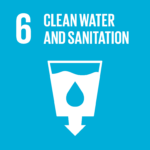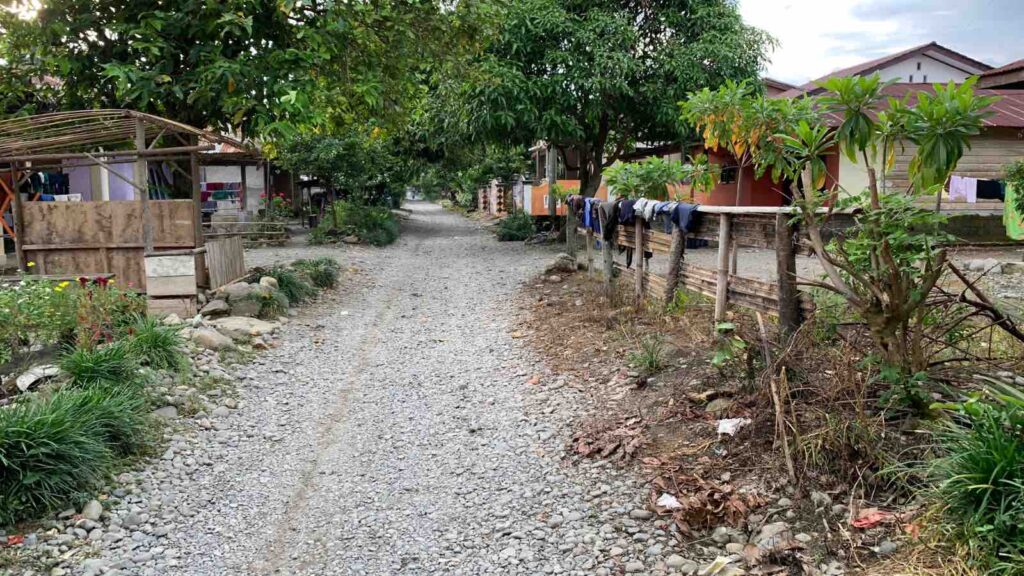In this northeastern region of Sumatra, the dry season brings no rain, leading to dwindling water supplies, water scarcity, and increasing desperation.
In the coastal village of Kuala Selat, located in the Indragiri Hilir district of Sumatra, Indonesia, residents are facing a dire water crisis. During the first half of the year, villagers like Abdul Rahman prepare for the dry months from June to September by collecting rainwater in buckets and drums. However, an extended dry spell has severely depleted their reserves, leaving the community grappling with a significant shortage.
RELEVANT SUSTAINABLE GOALS



The harsh realities of water scarcity in Kuala Selat
The situation in Kuala Selat is a microcosm of a global crisis, exacerbated by climate patterns such as El Niño and the positive Indian Ocean Dipole, which have intensified the dry season across Indonesia. Last year, these patterns extended the dry season well into October, prompting widespread concern for the availability of water.
According to UNICEF, around 436 million children worldwide live in regions of high or extreme water stress, with three-quarters of all natural disasters between 2001 and 2018 being water-related. In Kuala Selat, the lack of access to piped water or reliable wells means residents rely heavily on rainwater, which can sell for as much as US$5 per jerrican, depending on the size of the container.
Abdul Rahman, who owns 20 large water drums, is among those who go to great lengths to secure enough water for the dry season. Nearby, Dani Sartika, principal of the An-Nur Islamic boarding school, relies on local sources to provide water for the school’s 70 students. “For those who can’t afford it, sometimes they’ll ask us,” said Suryati, a local resident. “If we know they’re hard up, we give it away for free.”
Residents with more resources might call traders for 19-litre water bottles, while others undertake two- or three-hour boat trips to the Penjuru River to collect less saline water. Most Indonesian families depend on wells, but in coastal areas like Kuala Selat, saltwater intrusion and high iron content make groundwater nonviable for consumption or even laundry, as the water turns clothes a rusty color.
The high iron content leads residents to prefer rainwater over bottled water, explained Rony Fahamsya, secretary of the local district planning agency. Unfortunately, the absence of a sewage network in the village has been linked to recurrent health issues, including diarrhoea, a leading cause of child mortality in Indonesia.
The village’s plight underscores the challenges in meeting the United Nations’ Sustainable Development Goal of ensuring access to clean water and sanitation for all by 2030. While the local water utility struggles with limited resources, the Indonesian community water and sanitation program, Pamsimas, has made strides since 2008, providing drinking water to millions and significantly reducing open defecation.
Despite these efforts, villages like Kuala Selat remain under-covered by these initiatives, and the neighboring village of Tagaraja can’t meet the increasing demand from its 35-acre reservoir. The local government estimates that addressing these issues comprehensively could cost tens of billions of rupiah.
The People’s Coalition for the Right to Water (KRuHA) highlights a broader issue of inequity in water access across Indonesia, with urban areas having 3.5 times more home water connections than rural areas between 2012 and 2021. “Whatever the problem is, invest in the solution,” said Muhammad Reza Sahib, coordinator of KRuHA.
Back in Kuala Selat, the scarcity of water means that residents like Abdul Rahman, whose 20 drums were insufficient after two months of drought last year, must rely on the generosity of neighbors to meet basic needs. “Whether we like it or not, we beg them instead of not being able to cook,” he said, reflecting the harsh realities of water scarcity in the face of climate change.



